The occidentalization of the eye consists mainly in subtly modifying the contours and proportions of the eyelid and the eye fold, in order to create a more open look and add depth to the gaze. The request, therefore, is not to obtain a Caucasian eye.
This type of treatment is highly requested by patients of Asian origin who want a discreet modification without resorting to surgery.
The non-surgical correction of the Asian eye, often called occidentalization of the eye, is an increasingly sought-after solution to achieve a more open and defined look without undergoing a surgical procedure. Thanks to injections of botulinum toxin*, hyaluronic acid and non-surgical lifting, it is now
possible to subtly modify the shape of the eyes, lift the eyelid and enhance the eyelid fold. The modern aesthetic approach allows for a gentle and natural transformation, adapted to the specific features of the Asian face, without risks or downtime.
The anatomical differences between the Caucasian eye and the Asian eye primarily concern the eyelids, the eyelid crease, and the arrangement of tissues around the orbit.
Asian upper eyelid : in Caucasians, the upper eyelid fold is generally well defined and located about 8 to 12 mm above the lash line, which creates a more pronounced eyelid contour. In Asians, this fold is often less visible or even absent, giving the eyelid a smoother appearance.
The Asian upper eyelid is characterized by : a greater amount of orbital fat ; a septum that inserts very low, with the levator aponeurosis, beneath the upper edge of the tarsus. There are no attachments between the expansions of the levator aponeurosis and the skin ; very elastic eyelid skin ; an eyelid fissure that appears narrowed ; an upper eyelid fold that is faint or absent and located very low, close to the lash line.
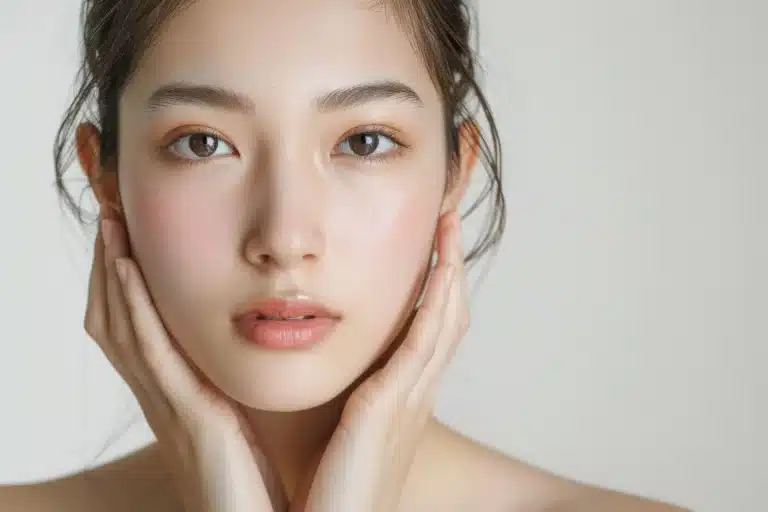
Epicanthus : the combination of skin laxity and the low position (or absence) of the upper eyelid fold creates a medial canthal skin fold, the epicanthus. There are four stages of epicanthus depending on the extent of the pretarsal skin fold at the canthus.
Asian lower eyelid : the insertion of the septum is high, close to the lash line ; the eyelid muscle is thinner at this level ; fat pads appear early but remain stable over time.
Different types of upper eyelid folds can be distinguished :
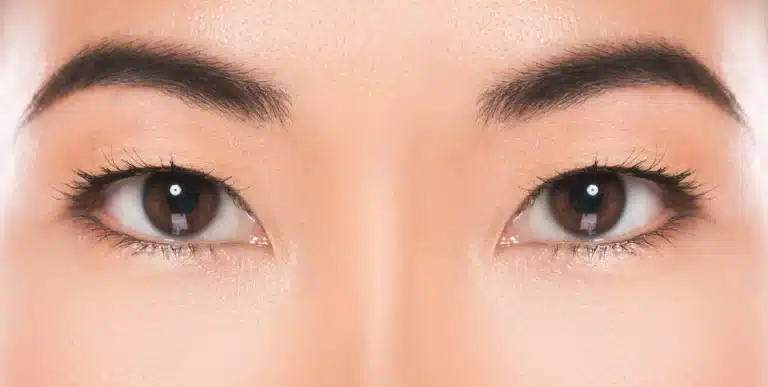
Absence of upper eyelid fold : monolid
There is no fold dividing the upper eyelid into two.
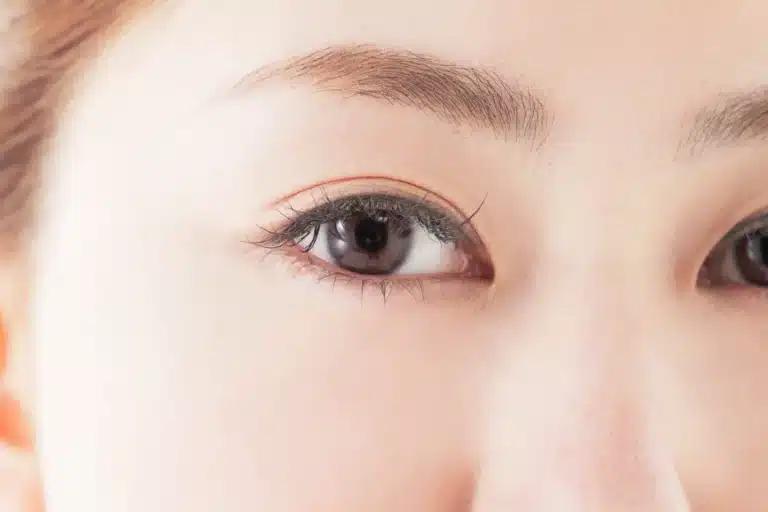
Decreasing upper eyelid fold with lateral flare
The outer part of the eyelid below the fold is wider than the inner part.
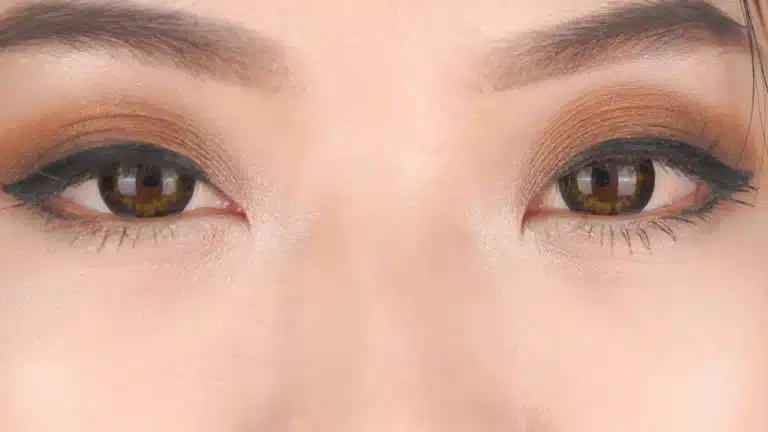
Multiple upper eyelid folds
There are several eyelid folds dividing the upper eyelid.
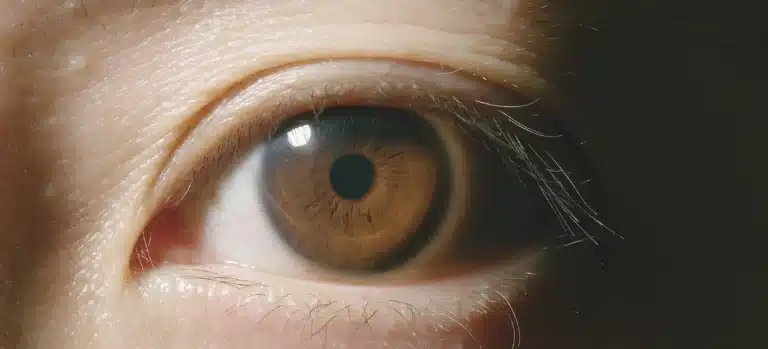
Parallel upper eyelid fold
The fold is parallel to the lash line, and the inner part of the eyelid below the fold has the same width as the outer part.
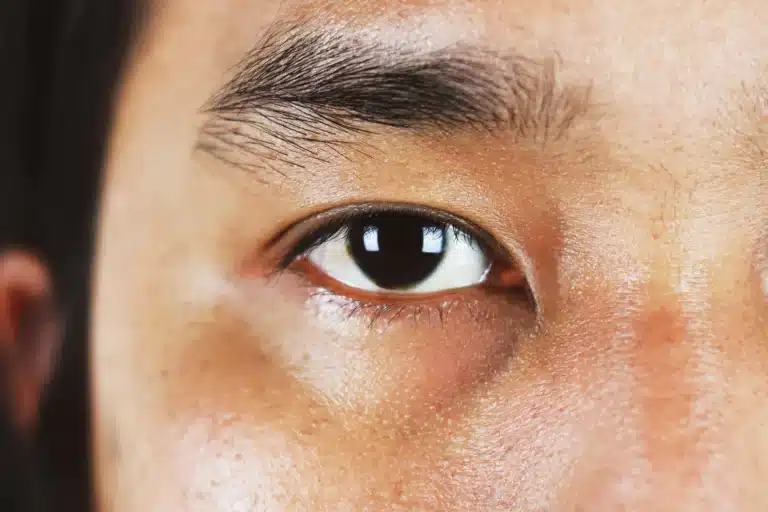
Partial upper eyelid fold
The upper eyelid fold is not present along the entire length of the upper eyelid.
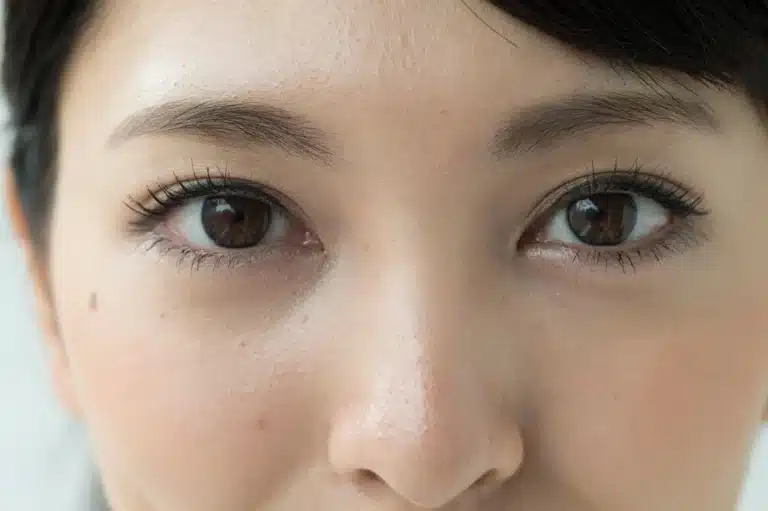
Decreasing upper eyelid fold
The upper eyelid fold becomes narrower at the inner canthus of the eye.
In aesthetic-oriented medicine, several techniques make it possible to achieve this transformation in a gentle and non-invasive way.
It is important to consult an experienced physician who will be able to perform these treatments with mastery of the techniques and an understanding of the morphological subtleties of Asian faces. By choosing an experienced physician, you benefit from personalized advice and a tailor-made treatment, for natural and harmonious results.
The occidentalization of the eyes through aesthetic-oriented medicine techniques is particularly suitable for people of Asian origin who wish to enlarge and open their gaze while preserving their identity and uniqueness. This treatment is ideal for those who are looking for an alternative to surgery and who want progressive and temporary modifications.
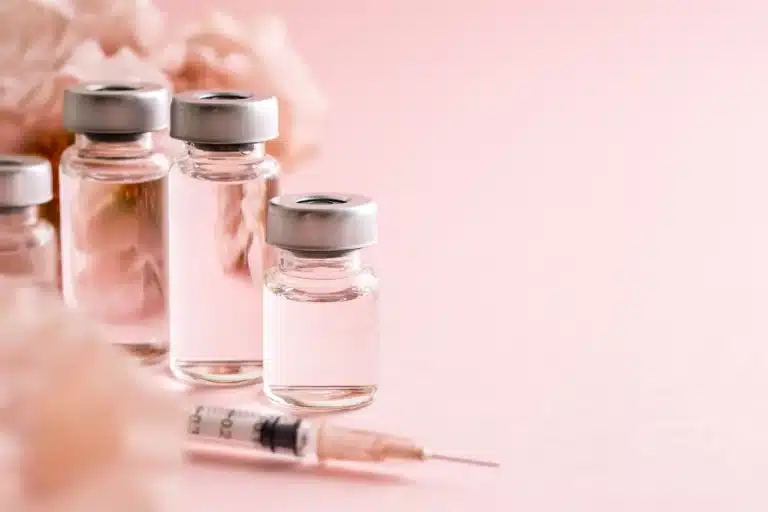
The botulinum toxin* helps relax certain muscles around the eye, which redefines the shape of the eyelids and gently opens the gaze. Botulinum toxin* is used to lift the tail of the eyebrow or the eyebrow as a whole, for a more open and structured look.
(*) Botulinum toxin is indicated for the temporary improvement of the appearance of moderate to severe vertical frown lines between the eyebrows, visible when frowning to the maximum (glabellar lines), and/or moderate to severe lateral wrinkles (crow’s feet) visible during a maximal smile, when they cause significant psychological distress in adult patients.
The eyebrow lift and the occidentalization of the Asian eye are not indications for botulinum toxin, but treating crow’s feet and glabellar lines creates an eyebrow lifting effect and an occidentalization of the eye.
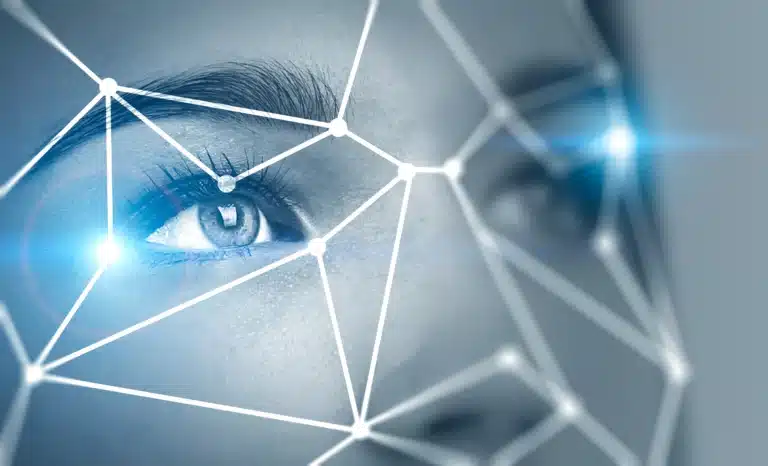
Used to fill or modify certain areas of the eye, hyaluronic acid can redefine the contour of the upper eyelids.
It can also be injected at the level of the brow bone to add slight volume and give depth to the gaze.
This product also treats aging of the Asian eye. Over time, the Asian upper eyelid becomes hollow (hollow eye), like any eyelid. The loss of fullness is treated by injecting hyaluronic acid. Using a cannula, the hyaluronic acid is injected at the orbital rim to replace the fat that has been lost.
The result is immediate and lasts about two years. After-effects are mild, marked by (rare) bruising and local swelling.

Medical techniques offer several advantages :
• Natural results : these treatments provide a subtle and adjustable outcome, respecting the morphology and proportions of the face.
• Non-invasive procedures : these techniques are less invasive than surgical interventions and do not cause social downtime.
• Personalization : each treatment is adapted to the patient to achieve the desired goals while maintaining the natural harmony of the face.
In Geneva, medical procedures aimed at occidentalizing the Asian gaze may include the targeted use of botulinum toxin or hyaluronic acid, depending on the aesthetic goals defined during the consultation. The price of hyaluronic acid injections is 650 CHF per syringe. The prices of botulinum toxin injections vary according to the number of areas treated and the patient’s sex.
For women
For men
The treatment plan is tailored according to the morphology of the orbital area, the tone of the periocular muscles and the patient’s expectations.
Hyaluronic acid is precisely injected into the upper eyelid to create or enhance the eyelid crease. It restores volume, opens up the eyes, and mimics the effect of a double eyelid—without surgery.
Non-surgical techniques are scar-free, reversible, and involve minimal recovery time. They provide natural, gradual, and personalized results without the risks associated with surgery.
No, these techniques are minimally painful. A numbing cream is applied before the injections to ensure optimal comfort during the session.